Yay for May! (Well, maybe not for the biting flies and mosquitoes.)
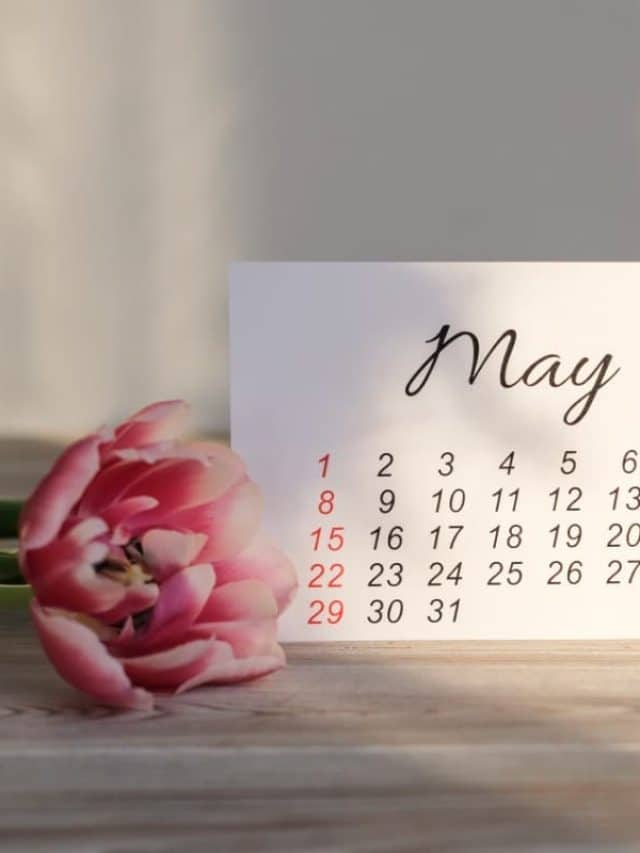
The days are longer, we’re feeling the energy of the season, and we’re all ready to enjoy our perennial gardens again.
To start the full-swing spring off right, here are ten of the best things a perennial gardener can do in the month of May.
Jump to:
- Ten Top Tasks for the Perennial Gardener in May
- 1. Finish Spring Cleaning
- 2. Divide if You Haven’t
- 3. Fertilize if it’s Not Done Yet
- 4. Start Watching the Water
- 5. Build a Rain Barrel
- 6. Set Irrigation Lines or Soaker Hoses
- 7. Enjoy the First of the Edible Perennials
- 8. Forage for Some Wild Edible Perennials
- 9. Plant Tender Spring Tubers and Bulbs After Danger of Frost Has Passed
- 10. Plenty of Time for Planting Spring Perennials!
- Springing Into the Garden Season
Ten Top Tasks for the Perennial Gardener in May
In May, we finish off spring cleaning tasks, dabble in some planting and replacement, and set the stage for the summer season ahead. What are some things to focus your efforts on? Start with this list of ten:
1. Finish Spring Cleaning
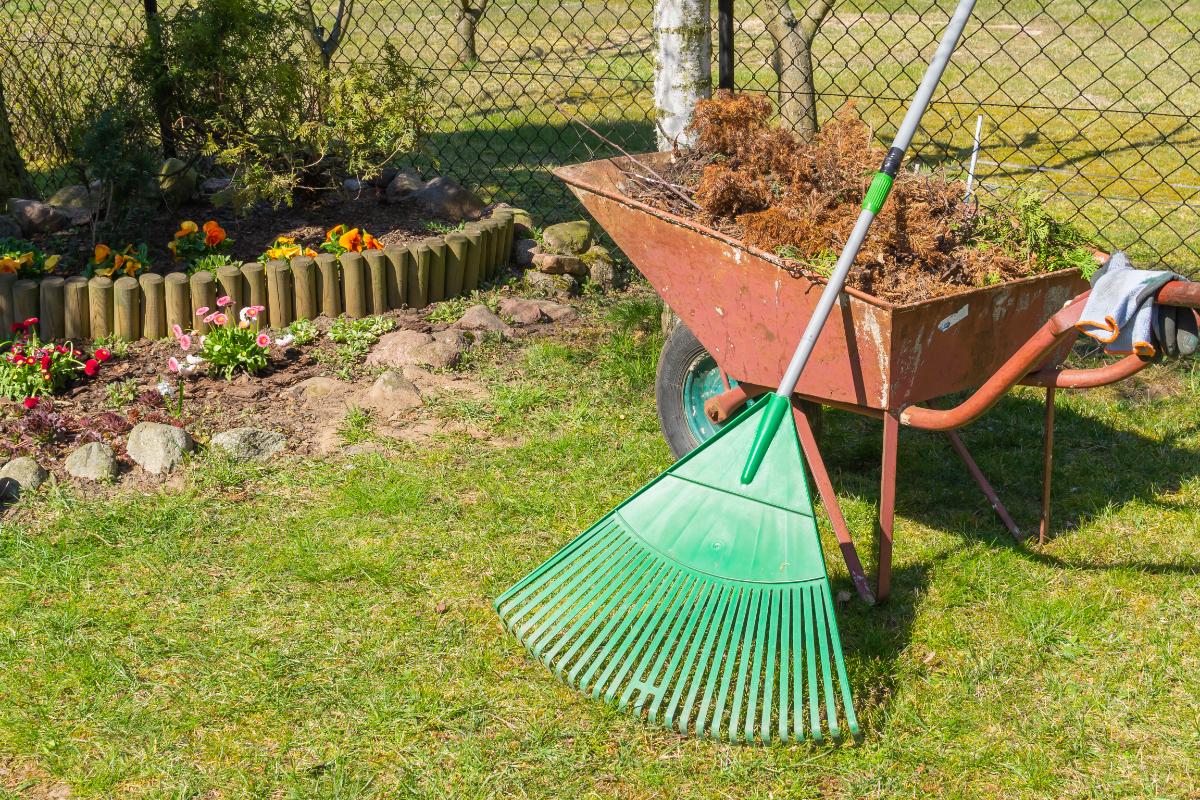
If you’ve been waiting for days to warm up so you could clean up without harm or foul to pollinators and overwintering beneficial creatures, the time has come. During the month of May, you’re pretty safe to start or finish your cleanup before things get too big or too out of control.
A good sign that things have warmed enough to safely clean up without disturbing overwintering, hibernating insects is the flight and presence of bumble bees.
The idea of waiting until days warm to a consistent 50+ degrees Fahrenheit (10 C) is largely based on the activity of bees. When you see honeybees and bumblebees being active, it’s a sign that things are awakening and moving on to spring and summer homes.
Need some pointers for pollinator-friendly spring cleanup?
Read more here: 18 Tips for Balancing Spring Cleanup and Protecting Beneficial Bugs
Looking for eco-friendly ways to reuse that garden waste?
Find tips here: 10 Ways To Reuse Spring Cleanup Yard Waste
2. Divide if You Haven’t

If you haven’t divided your older perennials yet, there’s plenty of time to do so, even if temperatures are starting to climb (in which case, you’ll just need to make sure you keep things well-watered).
It will be easier if you do this sooner rather than later, though, because it’s a lot easier to divide a perennial that is still small than it is to divide it once it’s full-sized. Also, it’s better for the plants (and your enjoyment) if you divide perennials when they’re not in bloom – either before or after.
Cool, rainy, and overcast days are the best weather to divide your perennials in. It’s easier, cooler work for you, and less stressful for the plants being divided.
Not sure what time of year you can divide your perennials?
Here’s a guide that will help: What Time(s) of Year Can You Divide Perennials?
3. Fertilize if it’s Not Done Yet
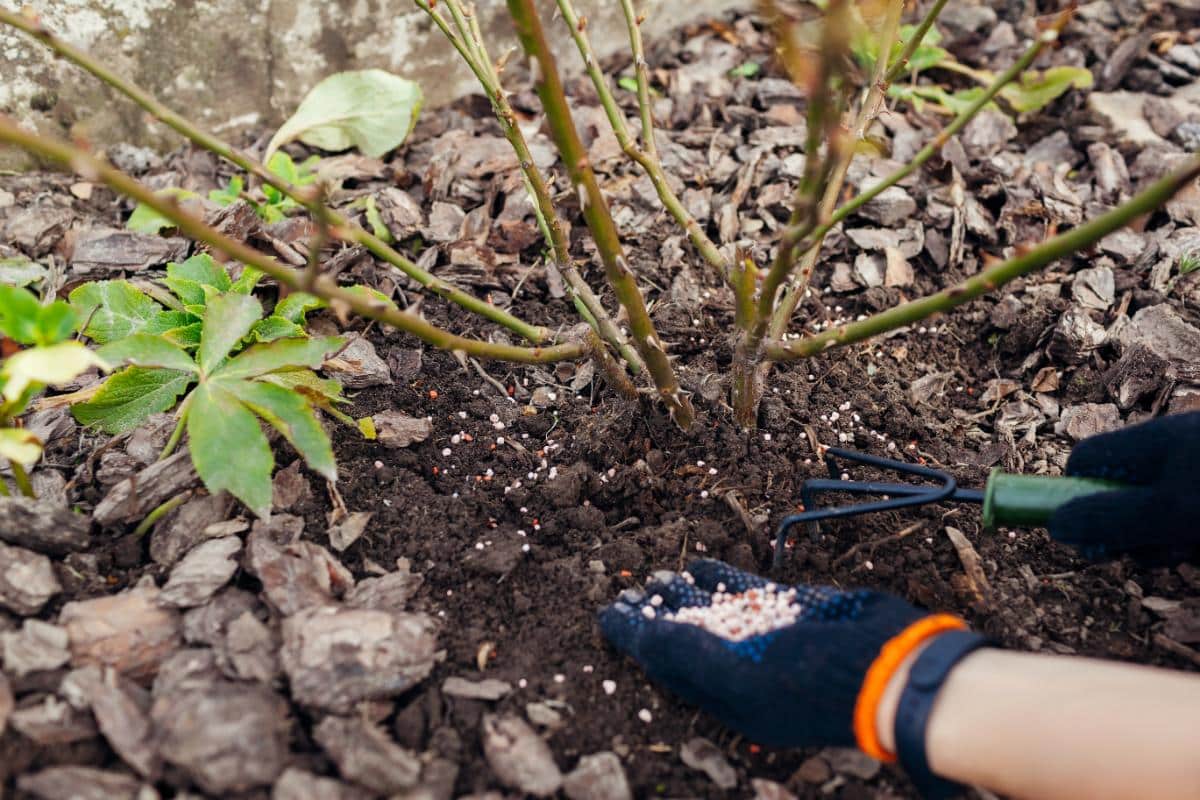
By spring, perennials have spent a lot of their resources on staying alive, growing, and then overwintering. Now, they need a boost to grow again.
Early spring is one of the best times to fertilize perennial plants, but May is a good time to do it if you haven’t gotten around to fertilizing your perennials yet. They’ll need the nutrients and energy for the period of fast growth they are entering and to support blooms and blossoms (and vegetable or fruit production if your perennials are edible plants).
A good, basic, all-purpose fertilizer is a safe bet, or you can use fertilizers designed for specific types of plants (like rhododendrons and azaleas). If you have compost or composted manure, it’ll make an excellent top or side-dressing fertilizer. Or, use it to make compost tea (easy to apply just like you’re watering and useful as a foliar fertilizer).
Looking for some DIY home fertilizer solutions?
Check these out here: 11 DIY Homemade Plant Fertilizers (With Recipes)
4. Start Watching the Water
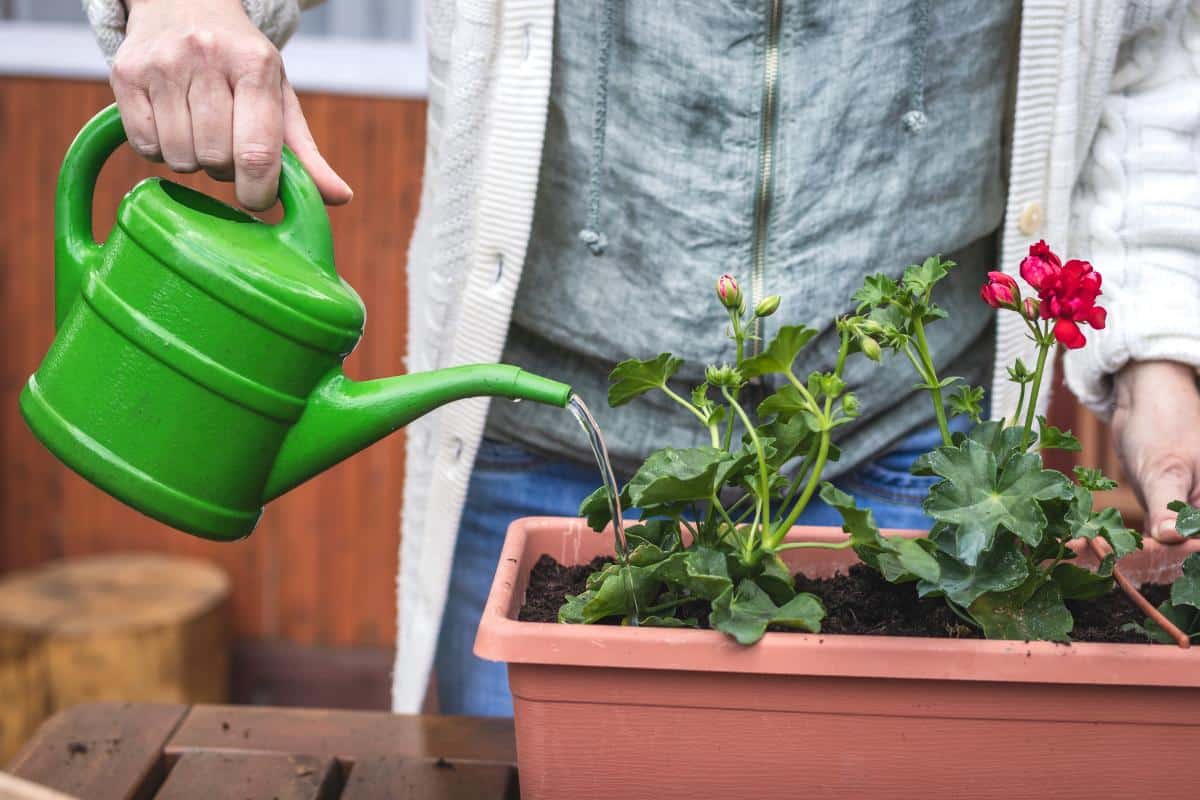
Usually, we don’t need to provide extra water for our perennial plants in the spring, but that’s not always the case. For one thing, patterns of rain, heat, and weather are not as reliable or predictable as they used to be.
Seasons are changing, too, and in some cases, what were formerly reliable spring rains are no longer. By the end of the month (or even the beginning, depending on climate effects), you may find that there isn’t enough rain.
And so, in May, it’s time to start watching to see how much rain you are getting and how moist the soil is staying/how quickly it’s drying out.
The basic rule is that perennials need an inch of water per week. Keep in mind that if they are newly divided or new plants that you’ve just planted, they should have more than two inches of water per week until they become established.
If you’re not getting at least an inch of rain each week in May, make up the difference and water your perennials.
5. Build a Rain Barrel
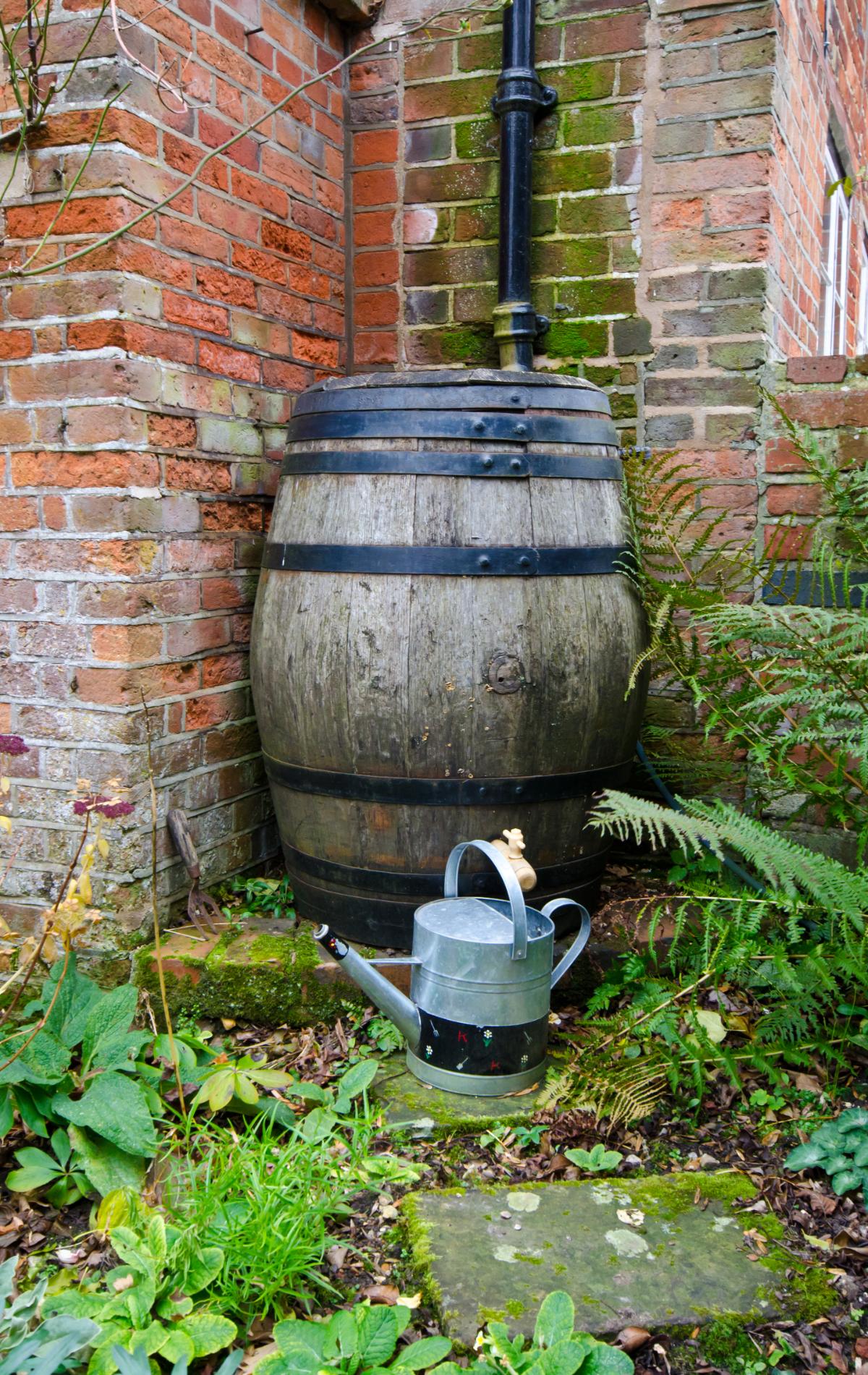
Changeable rain patterns have left many gardeners without much water to spare for their gardens and perennial beds. If you are on a municipal supply, there may come a time in the season when you have restrictions on water use. Garden and yard watering are usually the first to be restricted.
And so, if you can, setting up a rain barrel for extra water is a good idea. It’s smart to do this early in the spring, when we tend to get more rain than in the summer. It’s also smart to have it up and collecting before you need the water so that you can gather a quantity of water – it takes some time and significant rain to fill those large barrels.
Getting ahead on your water collection will help you keep ahead later on.
Tip: Place your barrel under the runoff from house eaves or under a gutter downspout. It will give you a large flow of water to fill your barrel fast!
6. Set Irrigation Lines or Soaker Hoses
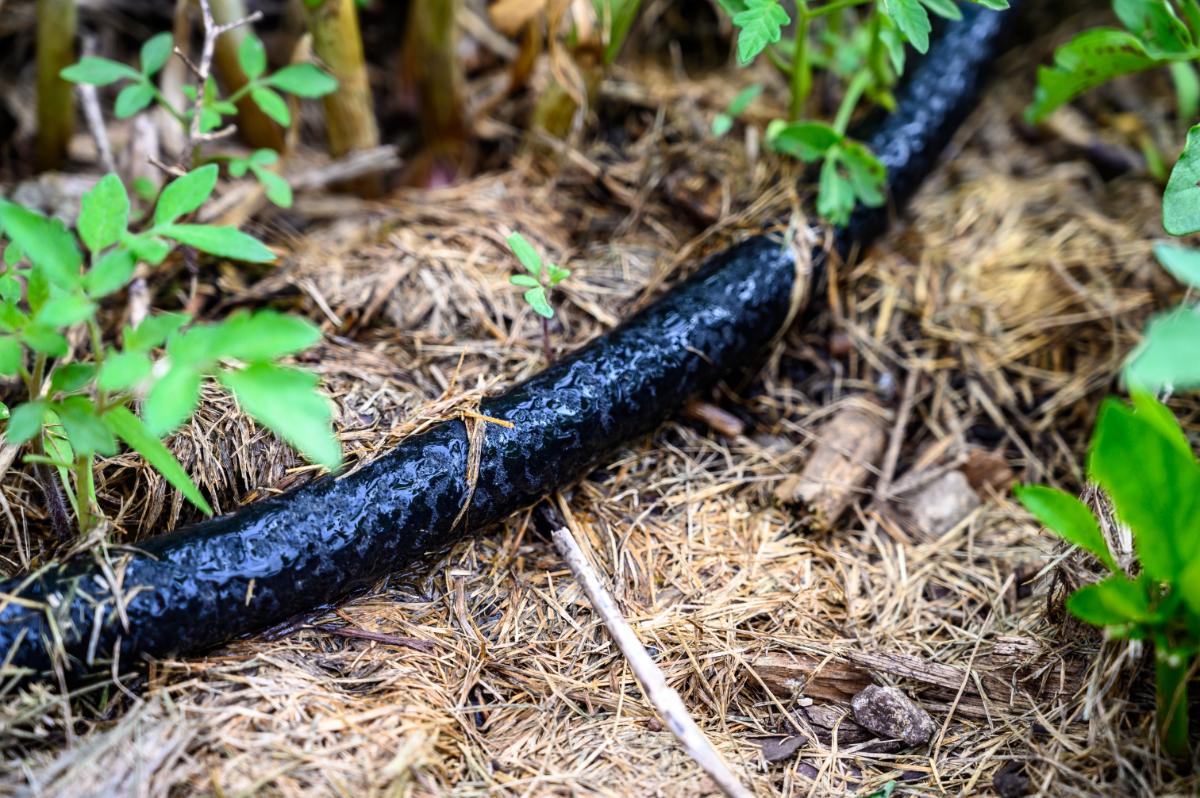
Are you sensing a theme here?
Yes! You want to have a plan for watering your perennials when you need to.
Irrigation and soaker-style hoses are more efficient and use less water than sprinklers and hand spraying with a hose. They are also better because they put the water only where it needs to be. This helps to keep weeds down, too, because they are starved of moisture while the plants and roots get what they need.
It’s a lot easier to lay soaker hoses and irrigation lines before plants get too large. Set them now while you can still easily access the bases of your plants, so the water can be targeted to where it needs to go.
Here are more tips on how to be efficient with water use in the garden: 12 Ways to Conserve Water in Your Lawn and Garden
7. Enjoy the First of the Edible Perennials
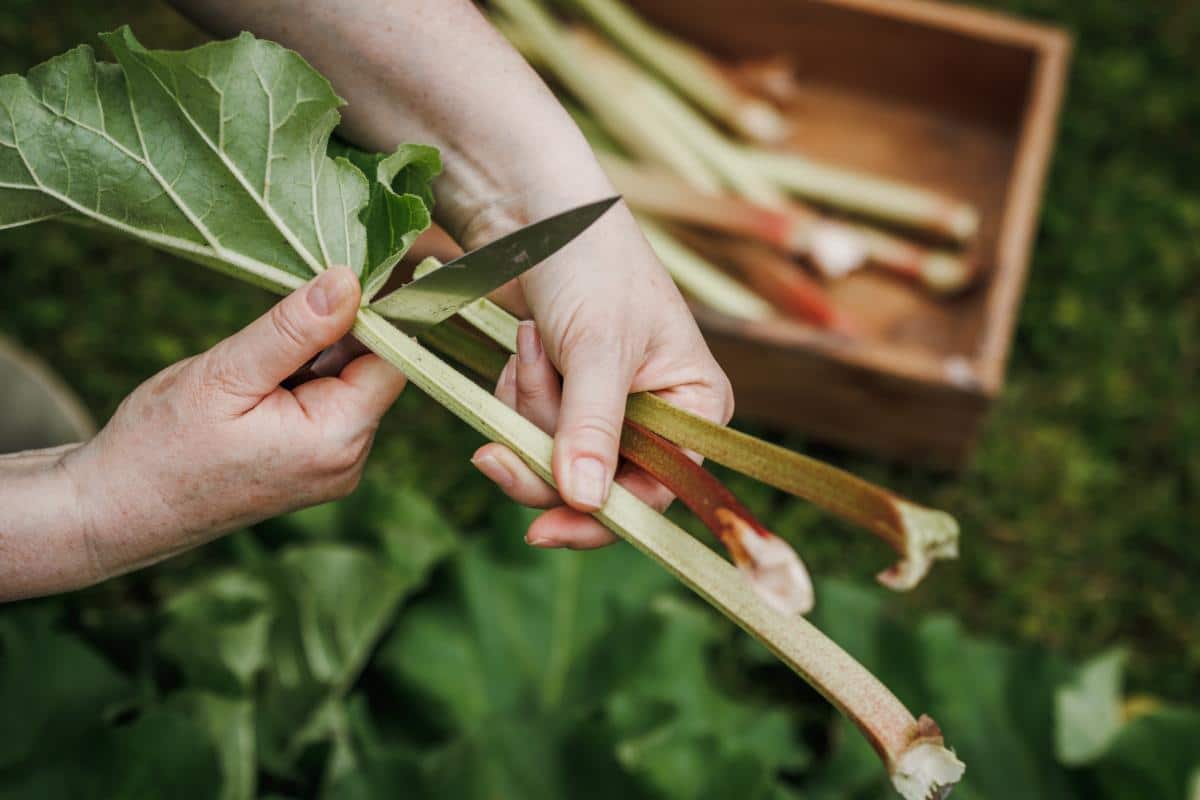
May is a treat because if you have edible perennials planted, the earliest of them will start to produce (if you live in a warm climate, you may be enjoying them even earlier in the spring).
In May, many of us are harvesting our favorites, like asparagus and rhubarb (and maybe late in the month, a few early strawberries if you’re lucky?).
If you haven’t taken a look at your perennial edible patches lately, it’s time to see what’s up!
Interested in growing a more edible landscape? Check out these 23 Edible Perennials!
8. Forage for Some Wild Edible Perennials
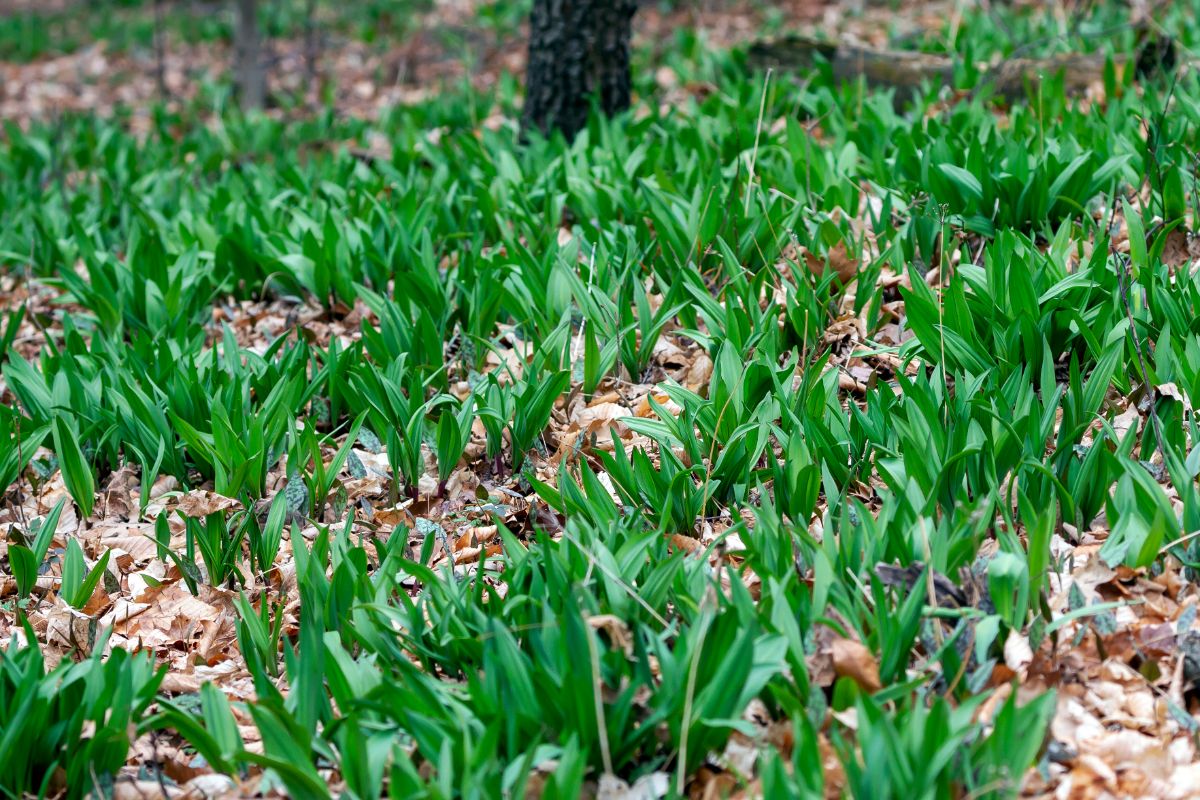
April and May are prime months for foraging wild edible perennials. Some of the most popular foraged foods pop up in forests, swamps, and under old trees in May. Ramps, fiddlehead ferns, morel mushrooms, and more are common May foraged foods (depending on where you live, of course, but they have a widespread growth area).
Just make sure you know how to positively ID wild plants so you’re eating only safe foraged perennials.
And just as importantly, forage responsibly. Things like ramps take years to establish, and a stand of them can be easily wiped out by overharvesting. Take the time before you head out to know what you’re looking for and learn how to forage for it with minimal impact so that you can enjoy these wild treasures for years to come.
Did you know? May and June are the best times to start scouting and foraging for elderberries. They’re easiest to spot when they are in bloom (which happens from May through July, depending on where you live). Here are 18 tips to help you find elderberries to forage!
9. Plant Tender Spring Tubers and Bulbs After Danger of Frost Has Passed
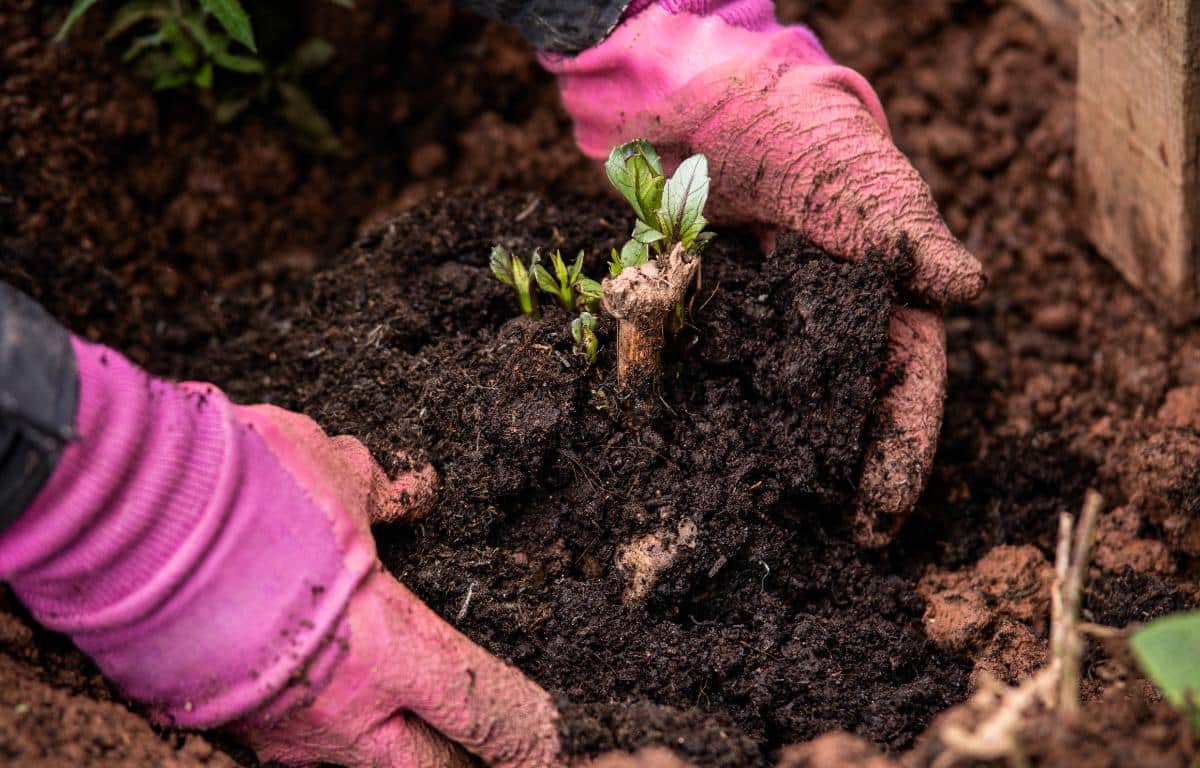
If you live in the north, many bulbs that are perennials in other locations are not truly grown as perennials where you live. This is common in zones 6 and lower (depending on the bulb/plant, your zone, and its hardiness).
Bulbs and tubers like gladiolas, dahlias, and (in places) calla lilies may need to be dug and stored indoors for the winter and then planted back outside.
The right time to do this is after your last frost date. Most people will be beyond that by the end of May.
Tip: Check the new changes to USDA growing zones if you’re in the U.S. If your zone changed, it may be mild enough to keep some of these bulbs in the ground all year.
10. Plenty of Time for Planting Spring Perennials!
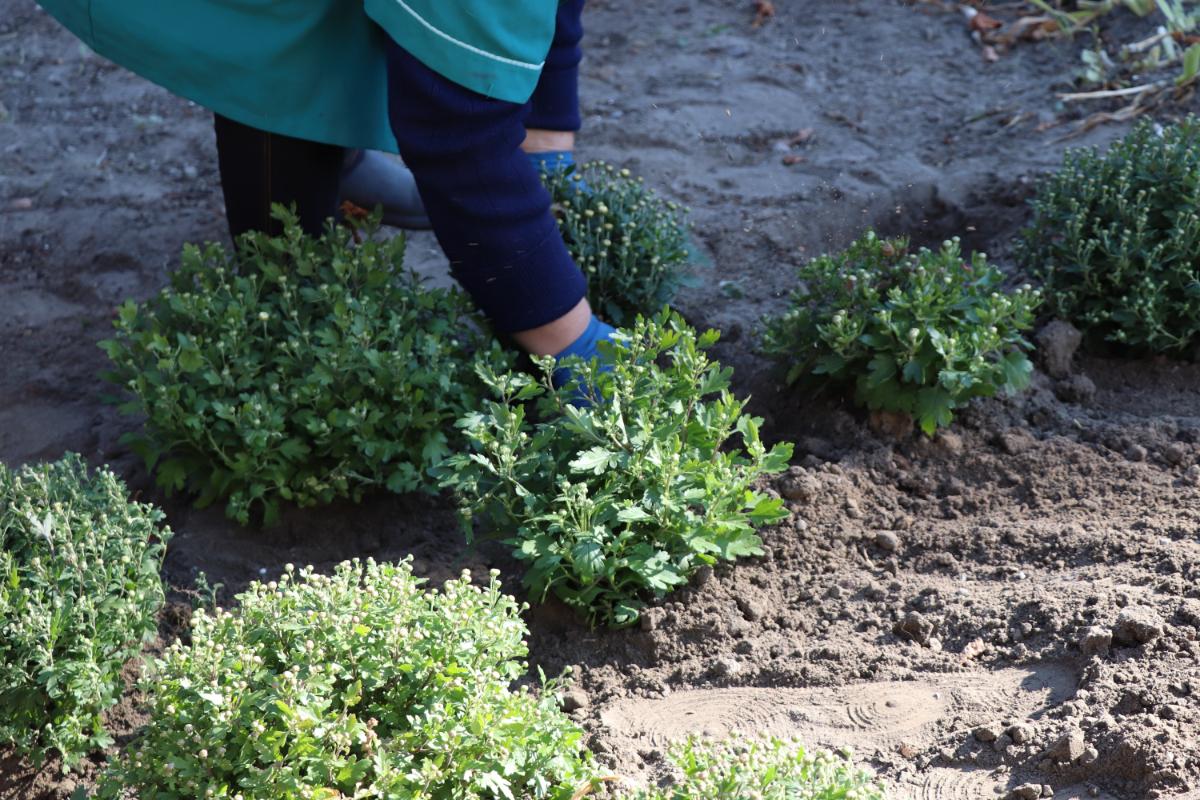
May is still a good time to plant perennials. By the end of May, you should have a good idea of what did and didn’t survive the winter. You can see what may need to be replaced and start to get an idea of what areas of your yard and perennial garden beds might need some filling, some color, or some overall sprucing up.
Do be aware of those plants that are slow to wake up, though. Some late-awakening plants might not show signs of life until late in May or even June. (Lavender comes to mind as one that you might have given up on only to be pleasantly surprised in a few more weeks.)
If you’re sure a perennial just didn’t make the winter, you’ll be better off replacing it sooner rather than later and maximizing the growing season.
Here’s a tip: American Meadows recommends that when you plant spring perennials, go for the smaller, younger plants, even if they’re not the showiest.
Look for plants with minimal growth or plant bare-root plants. They say you’re better off planting plants that are healthy and small, not the showy plants in full bloom, because they will have the resources to grow roots first, which, in the long run, will give you bigger, better, healthier perennials. Your patience will pay off.
While you’re planting, think ahead to the fall. You might want to plant some perennial mums in the ground now so they’ll be in bloom in the fall. Mums don’t have to be grown in pots! And, if you overwintered some of your potted mums as dormant plants, put them in the ground now, and they’ll give you a beautiful fall display!
May is a good month to plant a nice area to wildflowers, too. There are excellent mixes available, many of which either include perennial wildflowers or annuals that readily reseed themselves, so they will basically establish as a perennial patch. This will do wonders for those pollinators and nectar-loving birds you’ve been working to support!
Springing Into the Garden Season
Early spring through the month of May is a good time to concentrate on your perennial trees, shrubs, plants, and flowers. By the end of this month, it’s time to start planting tender annual flowers, herbs, and vegetables (if you grow them), and when that starts, the garden season can suddenly get very busy.
Use the early part of May to get into your perennial garden chores and set them up for low-maintenance and high enjoyment throughout the summer. Spring gardening is often easier on us as gardeners, since the sun hasn’t quite hit its hardest heat and days tend to be on the cooler side (at least compared to what they will be in another month or two!).
Most importantly, don’t forget to take some time to enjoy your time in your perennial garden. Gardening is supposed to restore the soul, so please do stop and smell those roses!

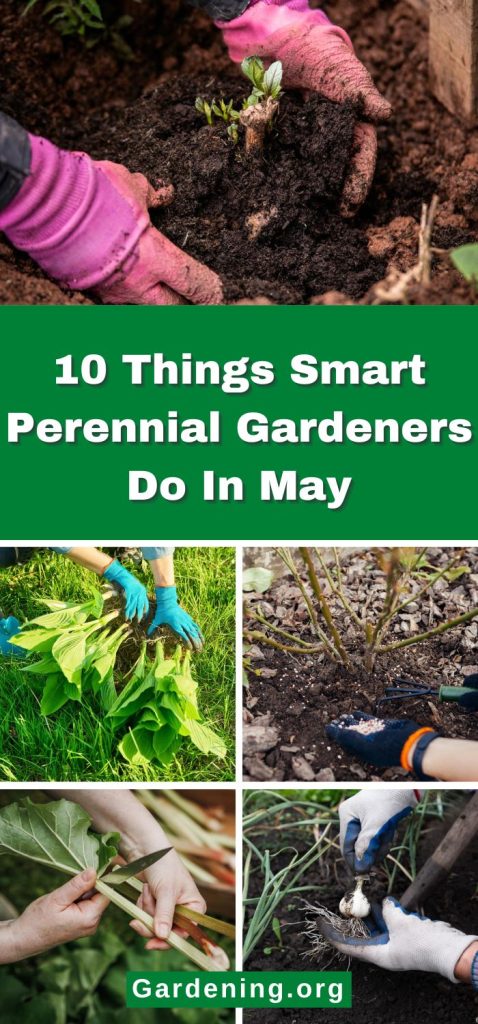
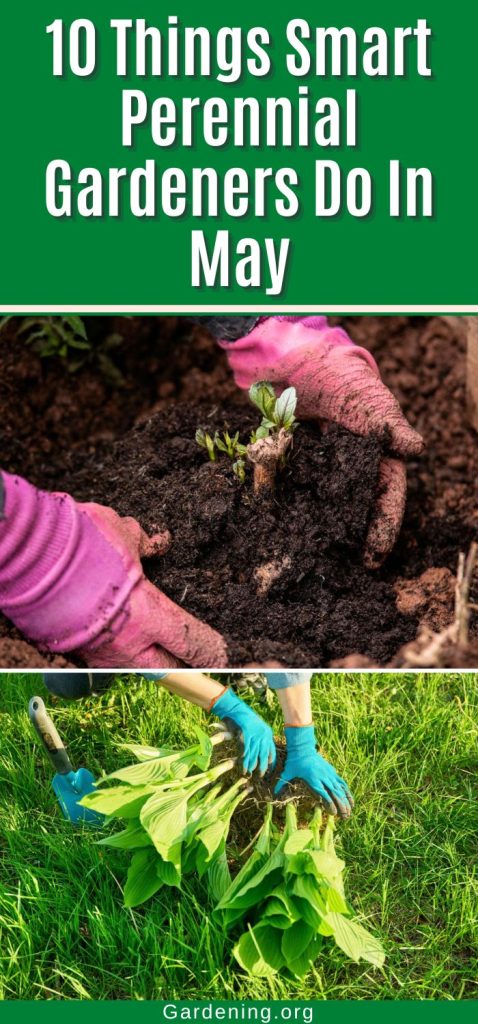

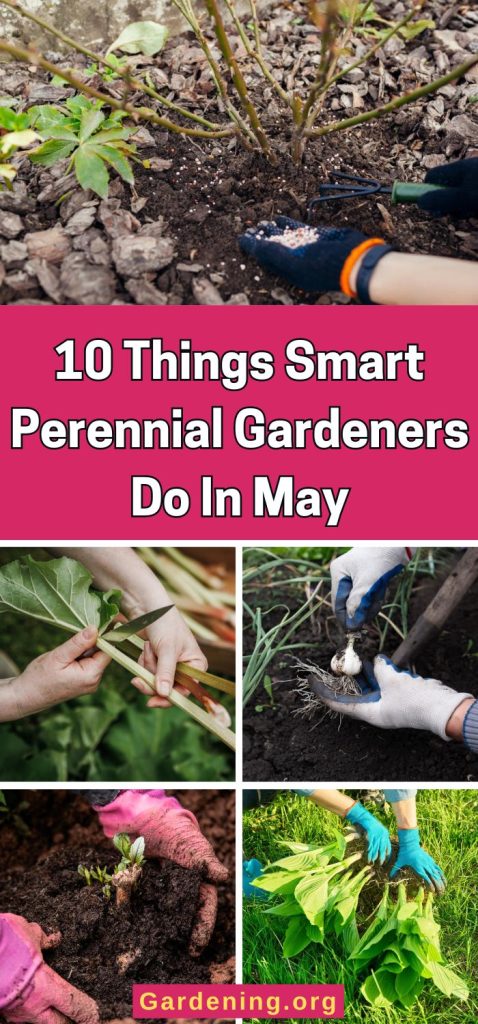
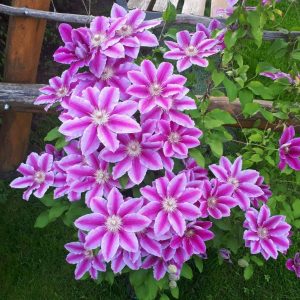
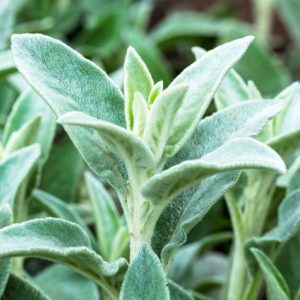

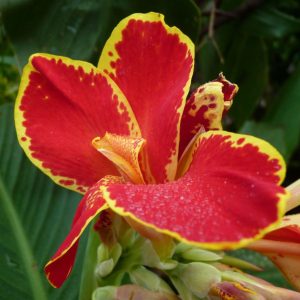
Leave a Reply